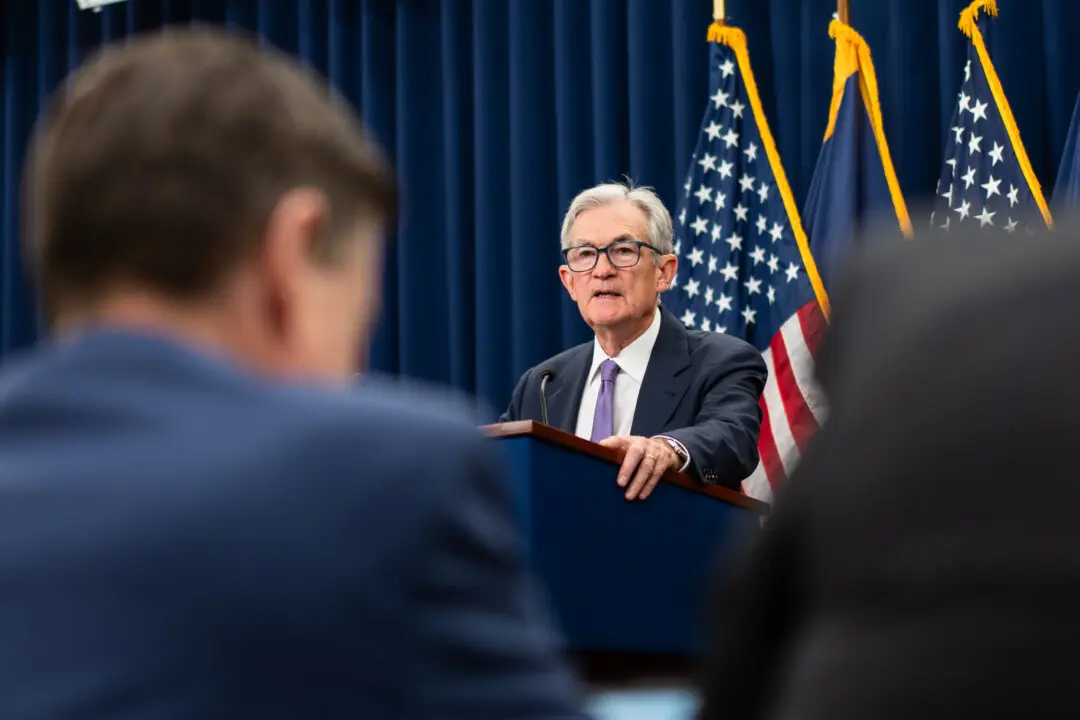California’s bank regulator stated in a new report that it was too slow to address the growing risks and issues at Silicon Valley Bank (SVB) and failed to push the troubled lender to fix its problems.
The California Department of Financial Protection and Innovation (DFPI) published a comprehensive review of what happened with SVB, admitting that staff were not fast enough to realize how large the company became during the coronavirus pandemic. DFPI officials also determined that regulators fell short of understanding the risks of banks becoming too big at such a rapid rate.





